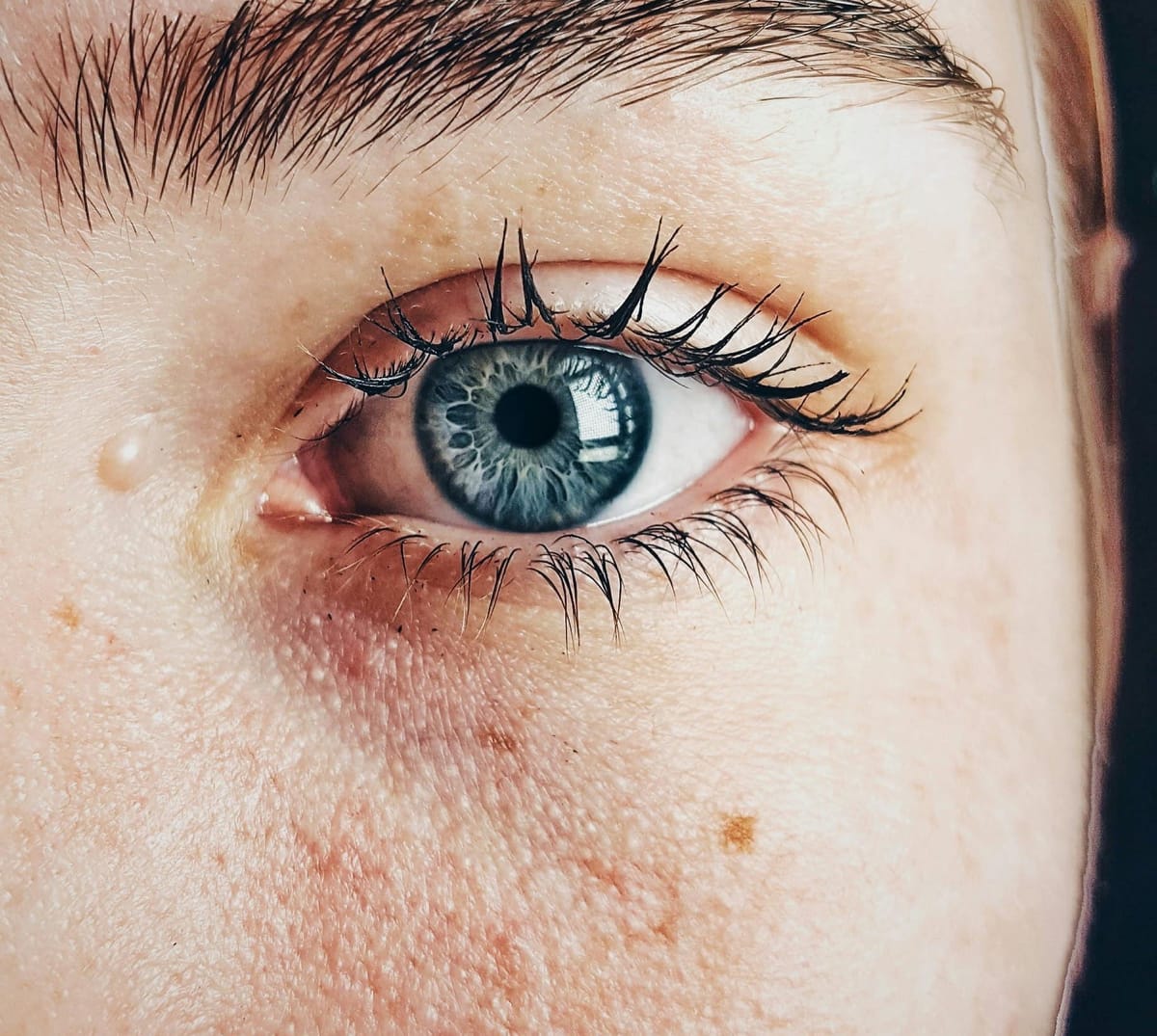AI and Genetics Reveal New Insights into How the Eye Develops

By Science Correspondent
A landmark study combining artificial intelligence and genetics has, for the first time, revealed the complex biology behind the development of the human fovea—the tiny pit at the back of the eye responsible for sharp central vision used in reading, recognising faces, and driving.
Researchers from the University of Leicester and University Hospitals of Leicester NHS Trust, through the Ulverscroft Eye Unit, worked with international collaborators on the first-ever genome-wide study of human foveal development.
The study, published in Investigative Ophthalmology & Visual Science, was funded by the Wellcome Trust, Ulverscroft Foundation, and the NIHR Leicester Biomedical Research Centre, among others.
Using advanced AI to analyse eye scans from over 60,000 UK Biobank participants, the team identified more than 120 genetic signals that influence how the fovea forms.
Remarkably, 64 of these genes had never been previously linked to foveal development. These include genes related to vitamin A metabolism, retinal cell fate, vascular development, and pigmentation.
“This study provides the first comprehensive genetic dissection of human foveal pit architecture, revealing entirely new biological mechanisms that shape foveal development and extending our understanding of childhood visual disorders,” said Dr Mervyn Thomas, Clinical Lead at the Ulverscroft Eye Unit and lead author of the study.
The research helps explain why genetic conditions such as albinism, aniridia, and other syndromes cause foveal underdevelopment and lifelong vision problems.
It also shows that foveal abnormalities are present in systemic diseases like Stickler syndrome, Refsum disease, Leber congenital amaurosis with early-onset deafness, and microcephaly–chorioretinopathy syndromes.
“Our data highlights the role of retinoic acid (a vitamin A derivative) in human foveal development – something previously unknown,” said Dr Thomas. “These discoveries fundamentally change our understanding of how the back of the eye develops and open up new avenues for diagnosing and treating childhood vision loss.”
The project was an international collaboration involving institutions such as Moorfields Eye Hospital, UCL, King’s College London, Baylor, Cornell, UC Irvine, and UC Davis.
Major contributions came from early-career researchers, including Callum Hunt, a Wellcome Trust PhD student at Leicester, who led much of the AI analysis.
Dr Thomas added: “This was truly a team effort. It shows the power of collaboration and the importance of supporting young scientists. Above all, we are grateful to the UK Biobank volunteers, without whom this work would not have been possible.”
Professor Mariya Moosajee, Head of Genetics at Moorfields and co-author, said:
“Moorfields has one of the largest rare disease patient cohorts in the world. By collaborating and sharing resources with the University of Leicester, we can generate vital insights into eye development and disease pathways—ultimately helping us provide the best care to our patients.”
If you have a positive story or uplifting news to share, we’d love to hear from you!
Just email us at news@goodnewspost.co.uk.
Whether it's a local hero, an act of kindness, or a personal win, your story could help spread joy and improve someone’s mental health. Let’s make the world a little brighter, one good news story at a time.
And don’t forget—you can sign up for free to get the latest feel-good stories straight to your inbox!





